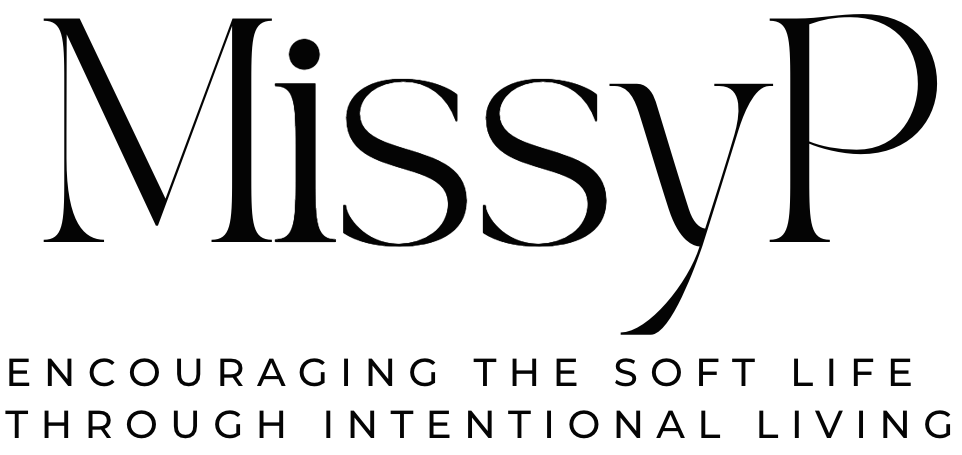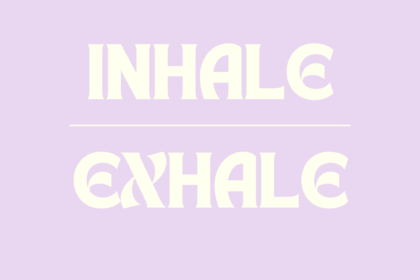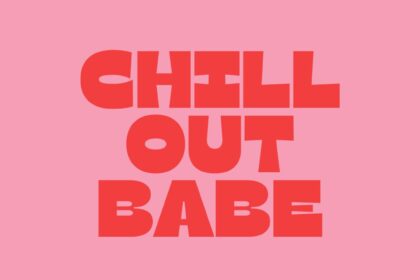In today’s digital era, we are seeing buzzwords being strewn about in various ways. We come to integrate them into our vocabulary but if asked what a specific word means, would you be able to justify the value behind it? Once I sat down and read up on Mindfulness was I able to process this beautiful word in such a way that I will actively integrate it into my life that benefits my mental wellbeing … and I hope by the end of this blog post yours as well!
When it comes to slowing down time, mindfulness might be the only resource we have. Unlike our phones, time is a valuable thing we cannot recharge. Once it is gone it lives in the past, a place of non-existence. Some people are in a continuous state of living in the past, not realizing what a disservice they are causing themselves. The present moment is where our lives are unfolding and where we should be placing the large majority of our focus. Side note: I’ve never been the type of person to understand a 5-year plan?! The present is the only thing that exists – not the past nor the future. Naturally, it is a beautiful thing to reminisce about the past or dream of the future – I’m all for it! But I’ll save that deep dive for a later blog post.
What is Mindfulness?
At its core, mindfulness is being fully present and acting from a place of intentionality and awareness. Mindfulness is about responding vs. reacting and enjoying vs. rushing. The quickest route to mindfulness is through your body. For it cannot think only feel, it is void of the past or future – your body can only comprehend what it is physically taking in in this moment. An activation of your five senses. If you can get down to taking in your current environment through sights, sounds, touch and scent or taste you are activating a state of mindfulness. How good does it feel to get out of your mind and into your body? This can also have profound effects in easing anxiety or stress seeing as such states of mind usually stem from a fear routed in the future aka. a time-based illusion that does not yet exist.
Mindfulness can be extracted both internally and externally. Following your breath or doing a meditation based body-scan are internal approaches while listening to the rain falling or feeling the texture of the food you are preparing are sourced externally. Have you ever heard someone laugh with such a contagious euphoria it caused you to burst out laughing too? This is pure mindfulness bliss in action! It’s about cultivating awareness of the things and people in your surroundings while minimizing the monotonous urge to be in auto-pilot mode as we go about our day.
Choosing the Mindfulness Approach
Remember the blog post I wrote on glimmers? These are like the North Stars in the world of mindfulness. The essence here is observing or noticing things we otherwise brush off or take for granted. Such as the watercoloured sky at sundown or the sound of the waves crashing on shore. Might seem like minutiae things but the impact they can have on our mental health and nervous systems will prove otherwise.
It goes further than that. Mindfulness is in favour of taking care of the close relationships in your life, in this we can strengthen the ties by actively listening or holding space for that individual instead of waiting to respond. Or choosing to cook a home-cooked meal instead of ordering in – allowing ourselves the time to unwind and enjoy the smells and textures. Another approach which has the added benefit of a dopamine hit is completing a task before continuing to the next one. Research has shown that our brains cannot multi-task and attempting to simultaneously check off more than one task at once is a recipe for a mental slump.
The good news is that there is this thing called habit stacking in which we can harmonize two habits or routines together. Such as listening to a podcast on your morning commute, reciting affirmations while making breakfast, simple breath-work while in the shower, or even using your Gua Sha while watching Netflix. The key difference here is that there is far less mental strain and focus needed in comparison with multi-tasking. Habit stacking is purely here to benefit your wellbeing and even cater to your self-care routine.
Tips in Getting Started
- go into nature without an electronic device
- less screen time, more organic time
- feel with all five senses
- pick up on glimmers
- actively listen don’t just wait to respond when having a conversation
- practice breath work – simply noticing your breath flowing in and out is enough
- do something creative like drawing, cooking or knitting
- write in your journal
- complete one task before moving on to the next
- when eating or drinking try to do just that without any distractions ie. your phone
- spend quality time with the people you love!
The Key Takeaway
If there is one piece of information you take away from today’s article it’s that mindfulness is about cultivating awareness by removing yourself from auto-pilot mode and slowing down by narrowing in on the present moment. Start getting intimate with the sensitivity of your five senses. Realize that self-regulation is an act of self-care and with the right habits in place can soothe an overactive and anxious mind. This world has many beautiful facets that are awaiting your attention. Tap in!
Thanks for reading! xo





